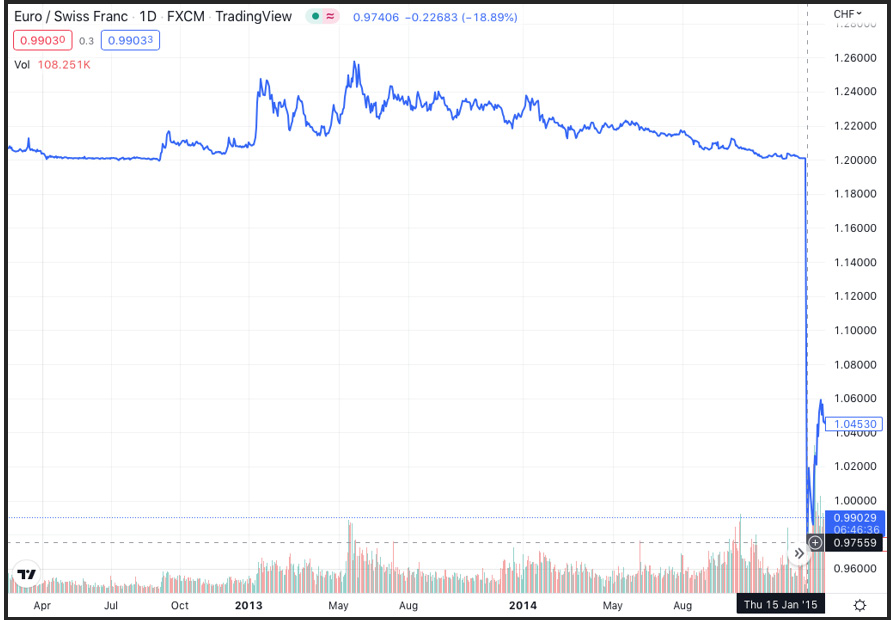This subheading sounds ridiculous, doesn’t it? How can stable income go hand in hand with unlimited risk?
To understand it, let’s first understand what an option is and how it’s possible to trade them.
An option is a derivative (see Lesson 1, Developing Trading Strategies – Why They Are Different, for a brief explanation of the underlying and derivatives) that gives its holder the right but not the obligation to buy or sell the underlying asset at a certain price in the future.
I know that it’s really hard to understand at first, so let’s consider an example. Say, it’s October and a kilo of apples costs $1 at the moment. I think that its price will grow to $2 by December, but another market participant thinks that even if it grows, it won’t exceed $1.5. So, this market participant writes an option to buy apples at $1.5 in December and sells this option to me for a premium.
Now, if I am wrong and a kilo of apples in December indeed costs less than $1.5, then I will lose the amount of money I paid to my counterparty as the premium and the counterparty will make a profit (this very premium), but if I am right and a kilo of apples costs $2 or higher, then I realize my right to buy apples at $1.5 and immediately sell them at $2, thus making a profit. And this profit is obviously covered by my counterparty who sold me such a right.
As you can see, the option writer earns purely on volatility: for them, it really doesn’t matter where the price goes; they earn if the volatility doesn’t exceed a certain level.
Can you see the problem here?
For option sellers or writers, the profit is always fixed and equal to the premium, but the potential loss is unlimited. In our example, what if apples traded at $20 rather than $2? Such an unexpected and sharp growth in price could hurt the option writer significantly.
To illustrate how it is possible to earn selling options, let’s go back to the example of EURCHF from the previous section. If a market trades in a narrow range, it is possible to write options to buy above this range (they are called call options) and options to sell below this range (they are called put options) and collect a premium, which works as a stable income.
But we all know that there’s no trade without risk, and if the market suddenly goes outside of the range (and quite frankly, it’s not a matter of if but of when), option writers may suffer from severe losses.
Let’s see how it actually happened with that same EURCHF. The SNB maintained the rate of the franc pegged to the euro and this caused this market trade within a narrow range, as we saw previously. But one day – on January 15, 2015 – SNB decided to unpeg the franc from the euro. As the result, EURCHF plunged by over 20 figures (a figure is 100 pips) or almost 20% in a moment, and option writers who sold put options (and a put option is the right to sell at a certain price) suffered from unbelievable losses because there was no opportunity to liquidate their massively losing positions. Figure 9.6 illustrates this price jump (or, rather, an asteroid downfall) and you can see how volatility exceeded any imaginable and believable limits in a few minutes:

Figure 9.6 – Sharp fall of EURCHF on the decision of the SNB to unpeg the franc from the euro
All in all, although not risk-free, it is possible to trade on volatility regardless of the actual direction of price movements, and strategies of this kind are referred to as beta-generating strategies.
Typically, option traders use various volatility models that help calculate safe price levels and adequate premiums for writing options. This approach is called options pricing and it is one of the most science-consuming domains in algo trading. We are not going to consider it in this app because it requires quite advanced knowledge in specific areas of mathematics.
Now that we are familiar with the idea of generating alpha and beta, let’s consider some of the most popular alpha-generating strategies.
Leave a Reply